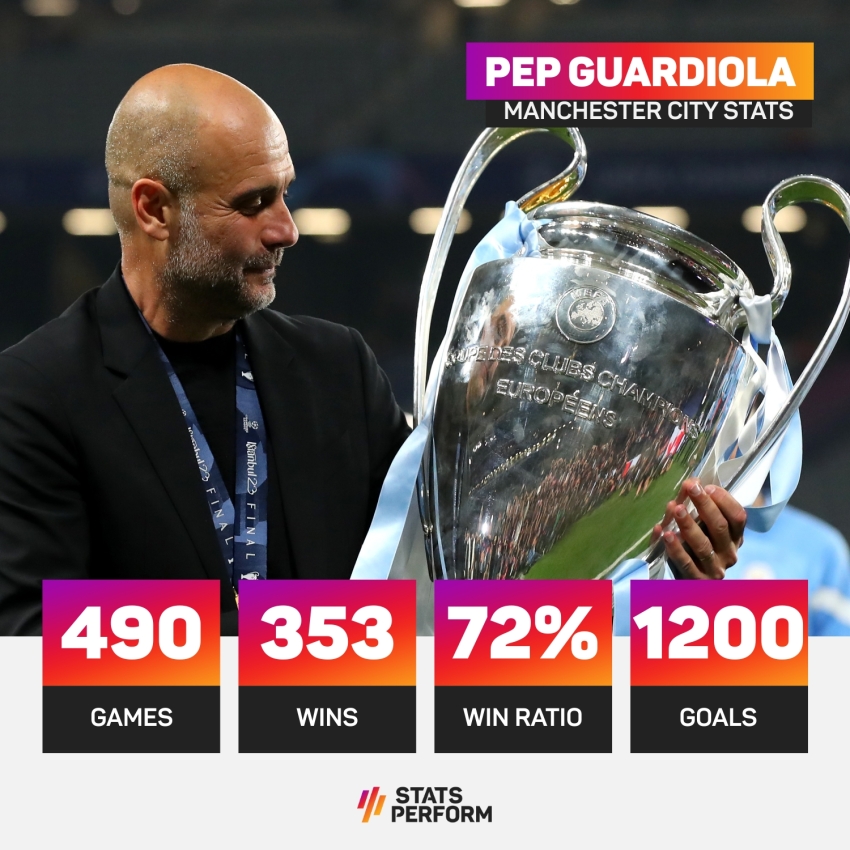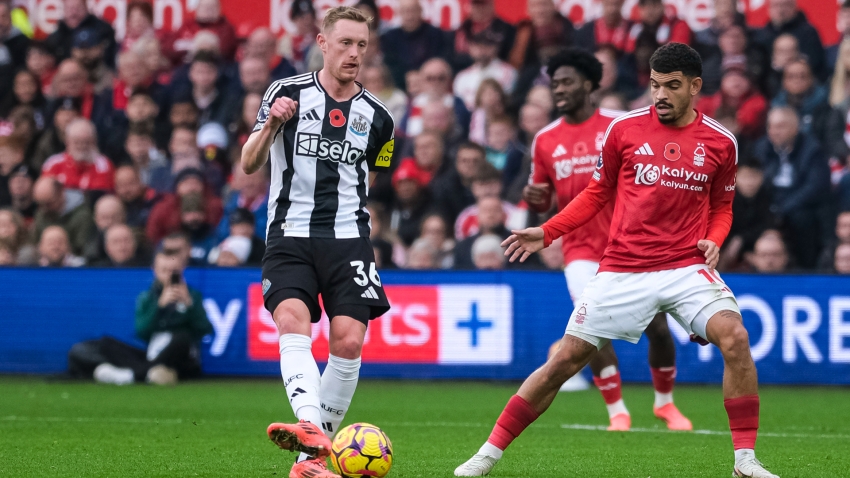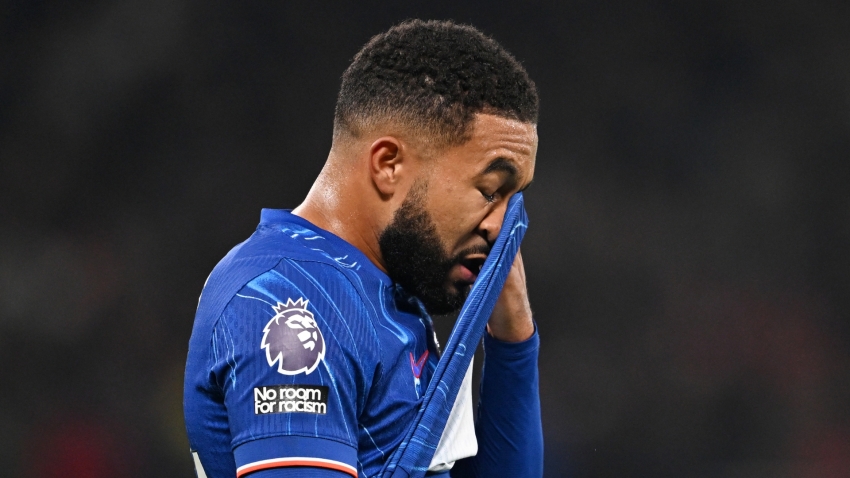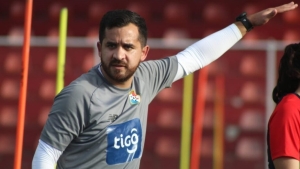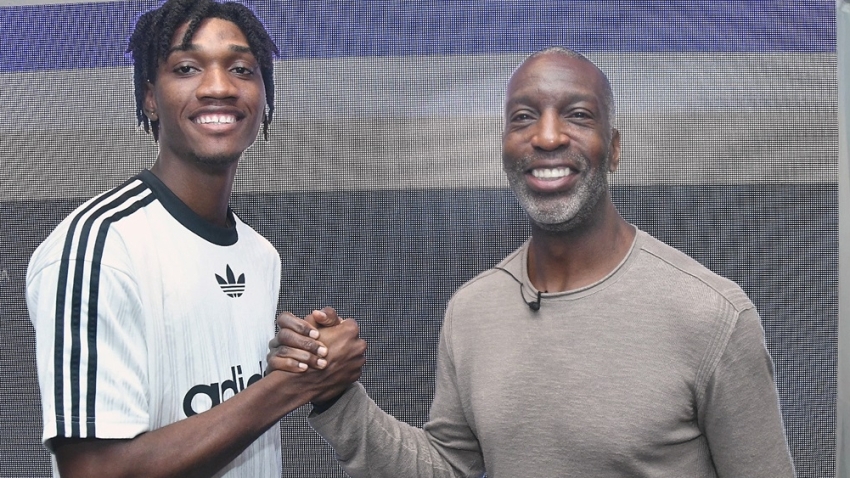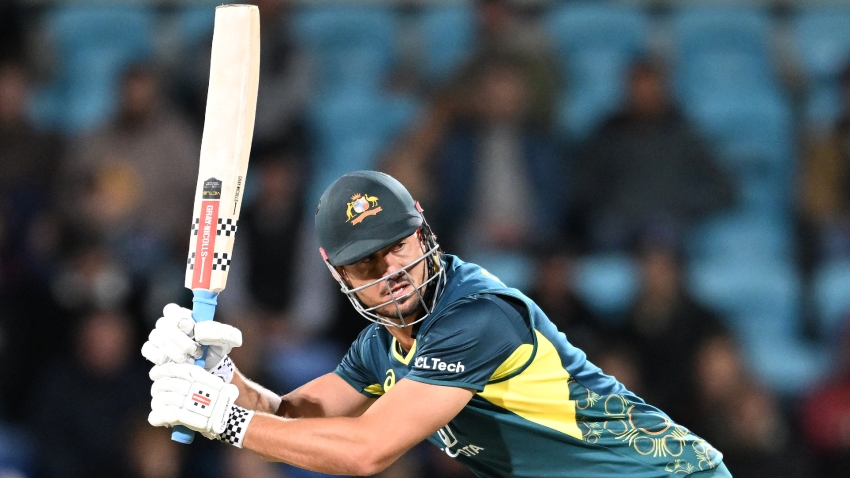Sportsmax.tv continues its build-up towards the FIFA Women's World Cup with some insight on Panama's team to the July 20 to August 20 global showpiece in Australia and New Zealand.
Written by José Miguel Domínguez Flores
Overview
Panama’s journey to their first World Cup appearance began at the 2018 Concacaf Championships, where a defeat to Jamaica on penalties in the third-place playoff meant they missed out on qualification for France 2019. That tournament, though, was a watershed for players such as Lineth Cedeño, Karla Riley, Hilary Jaén, Yenith Bailey, Marta Cox and Wendy Natis, who have played a key role in getting Panama to the big show this time around.
The road was not easy, and Panama were forced into the intercontinental playoffs in February this year. Papua New Guinea were seen off 2-0 in the semi-finals before a meeting with Paraguay in the final. Cedeño’s 75th-minute header was enough for a 1-0 win and a history-making qualification. "We will prepare 10 times better because we will face the best in the world,” said the manager Nacho Quintana, who took over in 2021. “We will measure ourselves against Brazil and France and this should keep us even more motivated."
Apart from leading the Panama to their first Women’s World Cup, Quintana has also fought for equal opportunities and salaries between the men's and women's teams. He likes to play a 5-4-1 formation and says the World Cup “is the beginning of the real project we have”.
The tournament will be a learning experience for the squad. Results in the warm-up matches have not been great and included a 7-0 defeat against Spain, so there is little chance of the side qualifying from the group stage. However, in a World Cup there are always teams that surprise, and Panama could be one of them.
The coach
Before joining Panama, Ignacio “Nacho” Quintana was a technical assistant for the Nicaragua women’s team and coached at teams such as Reforma Athletic Club and Lioness FC. Born in Mexico City, Quintana says he retired from playing at the age of 18 and immediately turned his attentions to coaching, though he also studied gastronomy before turning to football full-time, and eventually earned the A-license as a technical director. Says he wants his team to play with a smile during the tournament. “We can't lose that happiness,” he told fifa.com. “That's always our No 1 rule because that happiness which runs through the country, which you get a sense of in every street when you're in Panama, is something we need to convey out on the pitch so that the people of Panama feel we're representing them properly.”
Star player
Marta Cox is the star of the team. The midfielder was introduced to football by her aunt Raiza Gutierrez, who was captain of the national team in the late 1990s and made her debut for Panama’s under-20 team aged just 14. She has gone on to win the league title with Chorrillo FC and CD Universitario and became the first Panamanian player to win the Costa Rica women's league when with Alajuelense. In 2021 she became the first Panamanian to play in the Mexican Women's MX League with Club León and in 2022 the first Panamanian to play for Pachuca Femenil, where she shares a dressing room with elite players such as Spain’s Jenni Hermoso. Cox is an idol for girls from poor neighborhoods who see in her an inspiration that it is possible to travel the world and play football regardless of social class.
Rising star
A move to Europe in the near future is not out of the question for 18-year-old Deysiré Salazar. The player from Colón has excelled for the national side since making her debut in 2020 and is already a league champion with her club side Tauro. She could go on to be one of the most important players in Panamanian football history and is on the radar of clubs in the US.
Did you know?
Forward Karla Riley – nicknamed “the Empress of Goal” – wears different coloured boots while playing in support of children with Down’s syndrome.
Standing of women's football in Panama
Panamanian women's football has had many changes, some negative and others very positive, but today there are infant and youth leagues and there are more and more academies and teams dedicated to women's football. The semi-professional Women's Football League (LFF), founded in 2017, seeks to provide a base for the players, but faces challenges such as lack of broadcasting. Furthermore, the fact that there is only one tournament a year, in contrast to the two tournaments in men's football, limits the development of the 398 registered players.
Realistic goal
The main aim is to leave a plant a seed, either as a group or individually, for future World Cups. The Panamanian Soccer Federation president Manuel Arias has highlighted the potential for inspiring the next generation of players. “I want Panamanian football to have professional contracts, for the players to be high-performance athletes and to make a living from soccer like the European players," said Marta Cox.









